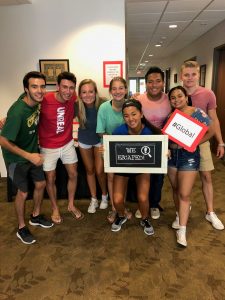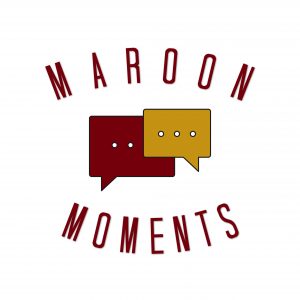Community Development
Living and Learning at Elon: Community Development
The residence life staff and faculty leadership in each residential neighborhood work together to support thriving intellectual neighborhoods that motivate students to build relationships and deepen their academic experiences by providing purposeful activities that promote awareness of self and others, creating opportunities for faculty engagement, and employing intentional community development strategies. We believe our campus community members and students leaders are educators who have the capacity to mentor and guide residents as they self-author their unique Elon experience.
Each resident will have a unique residential experience as they transition throughout their time on campus and live in our various neighborhoods. Below you will see the outcomes we strive to accomplish as we engage and support each first-year, second-year, and upper-division student living on campus:
- Identify their personal values
- Integrate their values into their decision making
- Understand how their actions impact their community
- Learn appropriate resources to assist in their Elon transition

Community development within our residential neighborhoods is a multilayered approach that utilizes a variety of both structured and organic strategies to engage students in community and reflection, prompting our desired outcomes. The following strategies are just a few utilized throughout the academic year:
- Bulletin Boards
- Floor Meetings
- Roommate and Suitemate Guided Discussions and Agreements
- Maroon Moments (Intentional Conversations)
- Floor Programming and Traditions (Planned & Passive)

- Large Scale Programs (Neighborhood and Building-Wide Programs)
- Intramural Sports Teams
- Supporting Community, Campus, and Athletic Events
- Utilization of Social Media and Other Communication Platforms
 What are Maroon Moments?
What are Maroon Moments?
As part of our Community Development Pathways, each semester our student staff members engage in Maroon Moments. While our student staff consistently engage and build community with their residents all year, twice a year they engage in an in-depth conversation to learn more about students’ transitions and experiences to help identify additional ways to best support each resident.